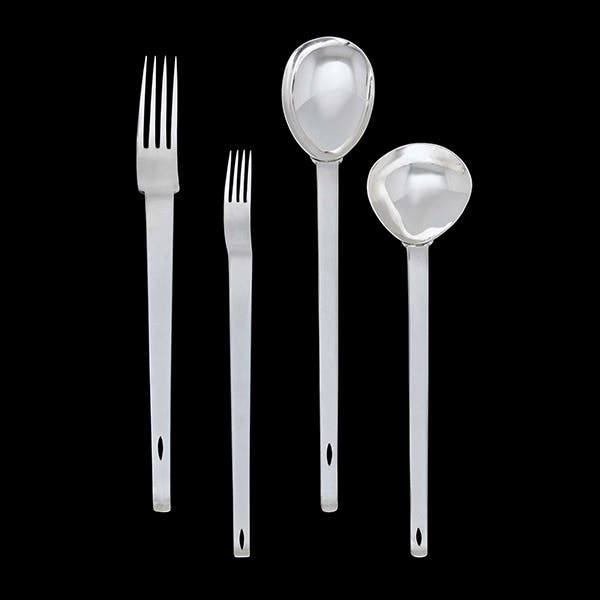Repainting lowers bust’s value by more than half
Sometimes the best piece of advice is ‘leave well enough alone,’ or it may cause regret. That seems to be one lesson to glean from a recent Ask the Experts column.
QThe bust I am holding in this photo was given to my father by an elderly gentleman in 1941. You can see a large letter A on the base.
My father had it re-painted in 1950. That was probably a mistake. Does this statue have any value? The statue is very heavy.
— R.V., Independence, Missouri
Chalkware Bust Suffers Value Loss With Repainting Job
A Your chalkware bust is from the early twentieth century. It's inspiration is a late 19th century bronze statue by Cristoforo Vicari Caslano. It's title is “Girl Reading A Book”; some of these bear a facsimile of the artist’s signature. This chalkware bust comes in a couple of different forms: in one version the bust is on a book-shape plinth. Furthermore, in another version it is a small column. Many of these chalk ware busts are the work of the Roman Art Company, St. Louis, Missouri.
Chalkware, formed in a mold from plaster of Paris or gypsum, was very collectible during the late 19th century and again during the 1930s to 1950s. These pieces could take almost any shape: animals, people, furnishing, historical figures, banks, or religious images.
The repainting on your figure is not true to the original colors – they are much brighter than the original, soft, muted tones used. The skin tone on the original is a faint blush color with the other colors being light pastels; many of these “Girl Reading a Book” busts were one color ranging from white to beige. In the original state these chalkware busts sell in the $80 to $100 range with exceptional examples selling for a bit more. Yours, as a result of the repainting may bring something in the $30 to $35 range. We’ve all been there; we’ve all made these mistakes – just chalk it up to experience.
--------------------------------------
Photos Do Not Support Moriage Identity
QPlease help me identify the maker of this jar with lid. It is 13 inches high, 11 1/2 inches wide (handle to handle) and has four feet. At first glance, it looks like Japanese moriage. I suspect it is from the USA as there are no import marks on it.
Thank you for your help!
— J.L.W., Corte Madera, California
A My initial impression is that this piece hails from the west or at least from the western market taking the design into consideration. It's a design that appears on Asian censers; which are typically bronze, brass, or porcelain.
Whereas the lids of genuine censers bear piercings for ventilation your jar, strictly for decoration, does not. The lid has a white lotus blossom finial (a symbol of purity and devotion), but in terms of structure the body of the piece appears a bit exaggerated with regard to true Asian forms.
Based on the photographs you provided I cannot determine if your jar is porcelain, pottery, or even chalk. You write that it “looks like Japanese moriage.” Once again, based on the photographs I see no evidence of moriage; however, it does appear to be hand painted.
Furthermore, Moriage is a raised decoration used on Japanese pottery. Moriage means to heap or pile up and the slip decoration is often applied like decorative cake frosting. Sometimes the decoration is formed separate from the piece and later applied. In addition, Americans are most familiar with moriage on the china known as Dragon ware in which the dragon design is raised, sometimes to the extent that the dragon is leaping off the pottery. Unfortunately, I cannot help you identify the maker but can only conclude it is made in the west or made for the western market, which does not narrow it down.
About Our Expert
Interested in a Complimentary Evaluation?
If you like what you've read here, we invite you to subscribe to Antique Trader.
Every issue of Antique Trader features evaluations like these. In some editions, you'll find two evaluations from two different Ask the Experts panelists. Each panelist is a certified appraiser, having graduated from the Asheford Institute of Antiques. The evaluations (one inquiry per person per calendar year) are a complimentary service provided to subscribers of Antique Trader. Subscribe today and take advantage of this perk!
You can subscribe for one year (24 issues) for $26 print ($20 for digital) or subscribe to both for $29.








